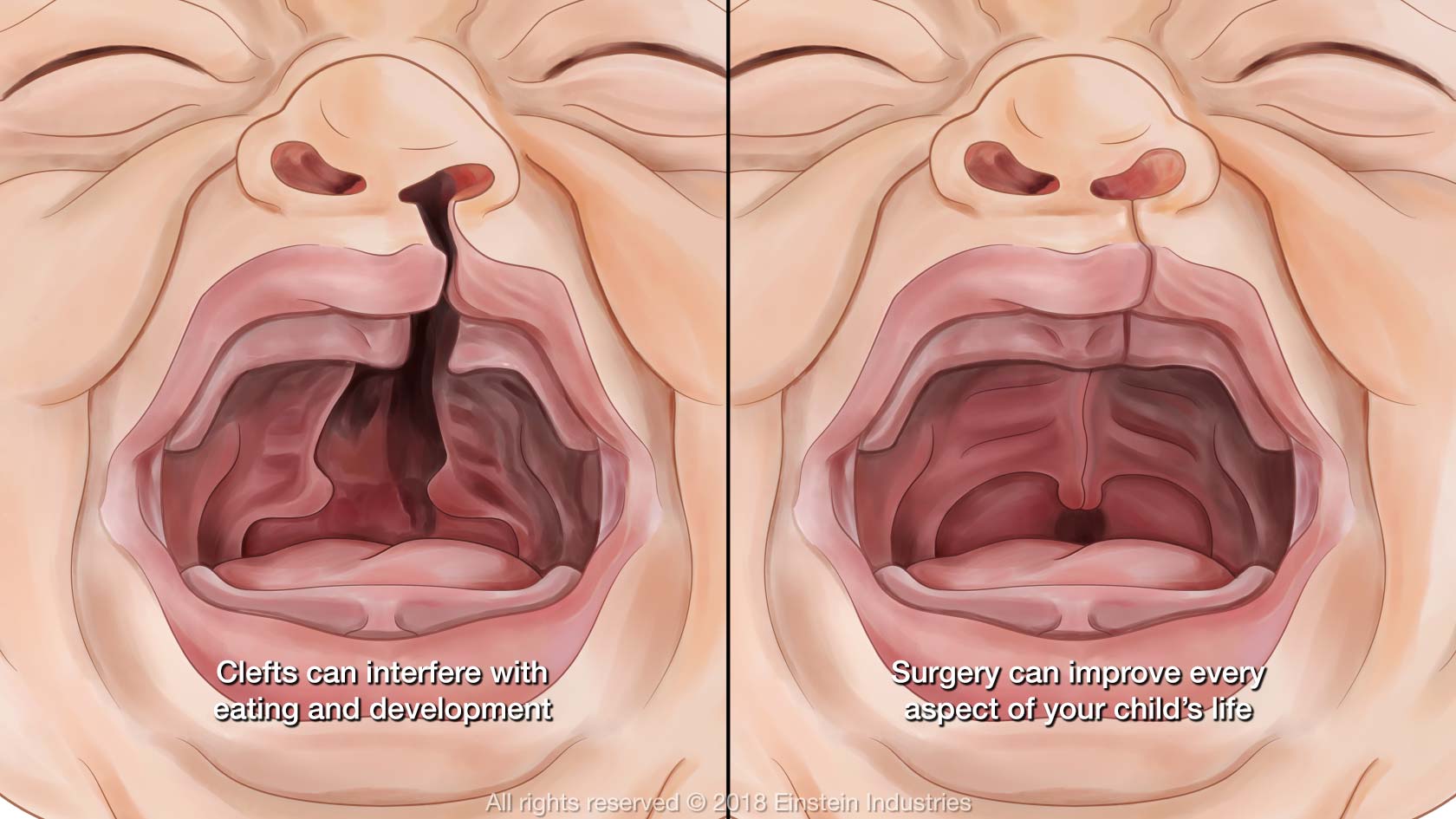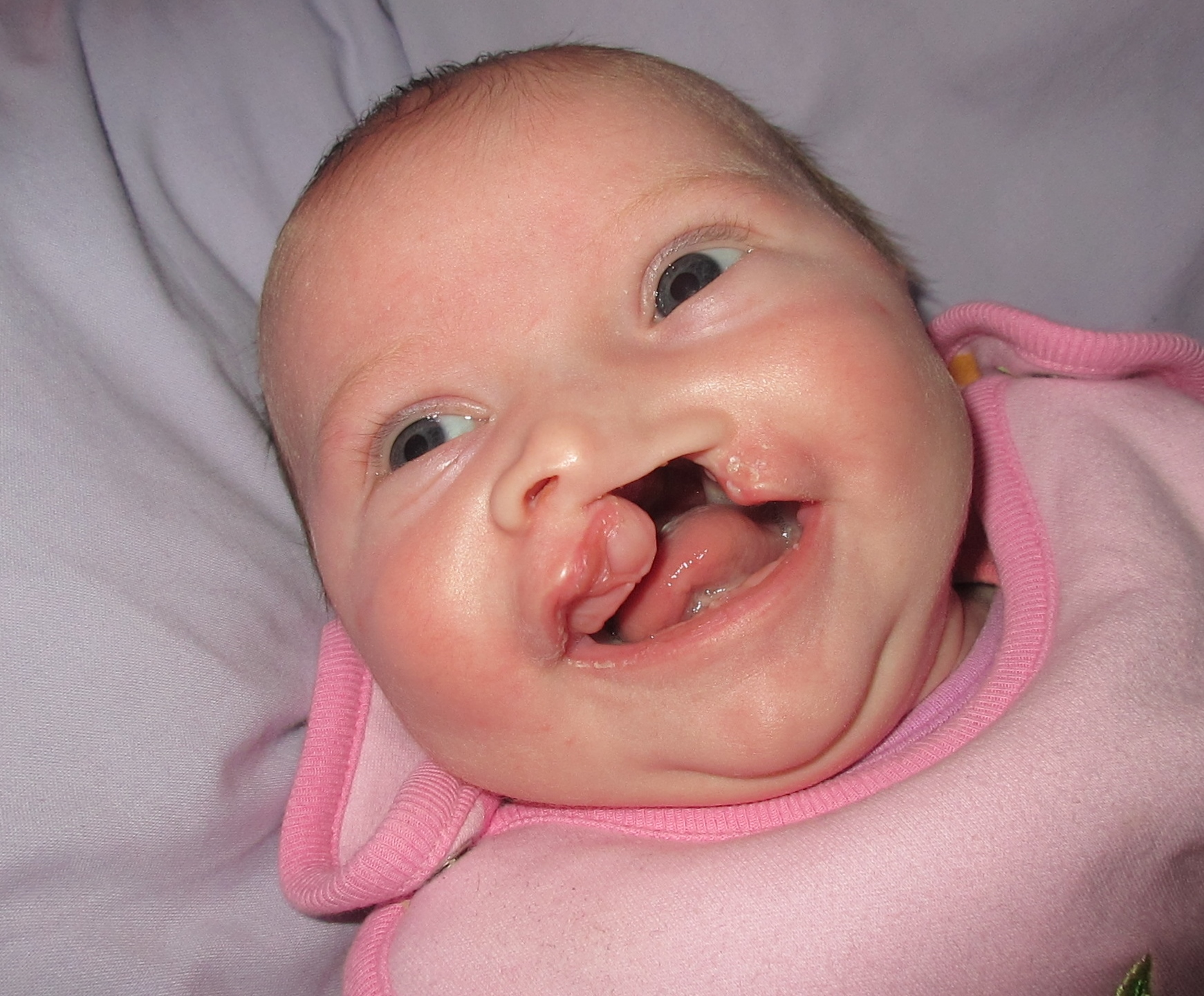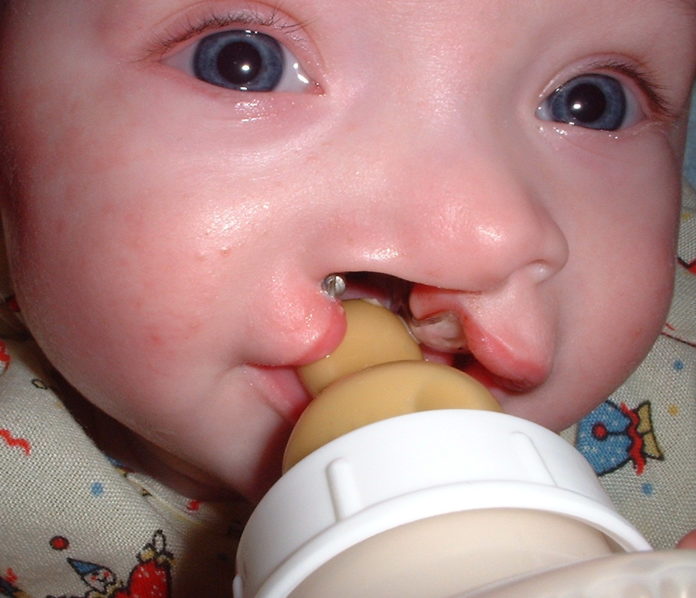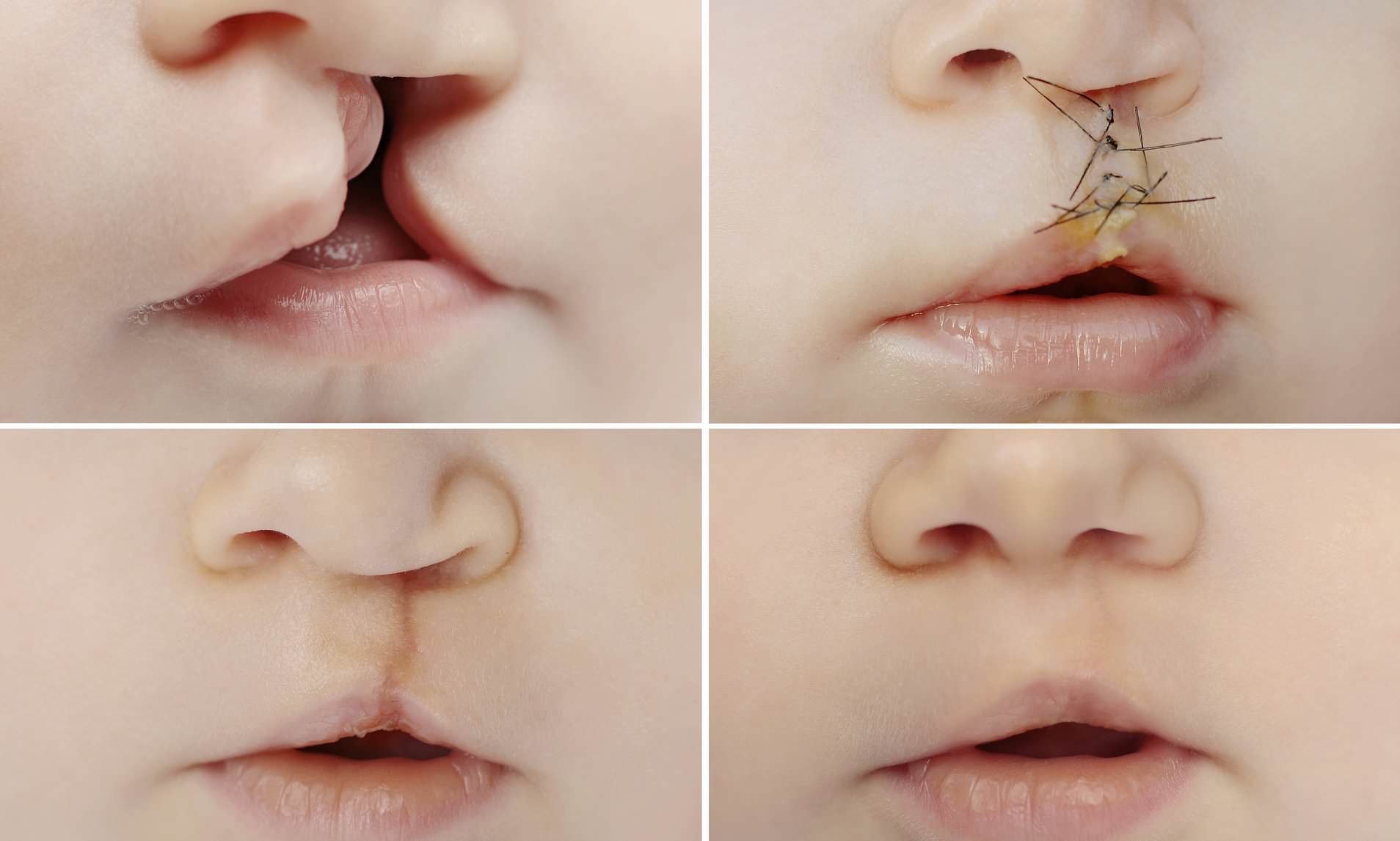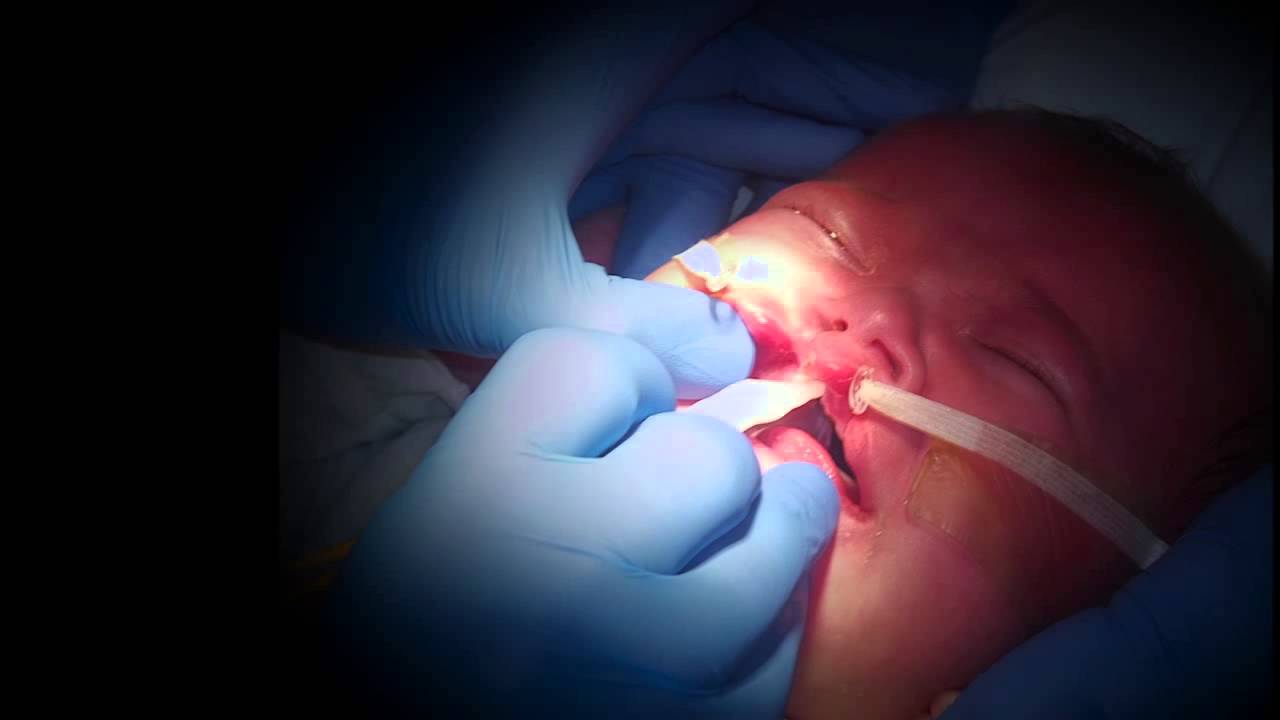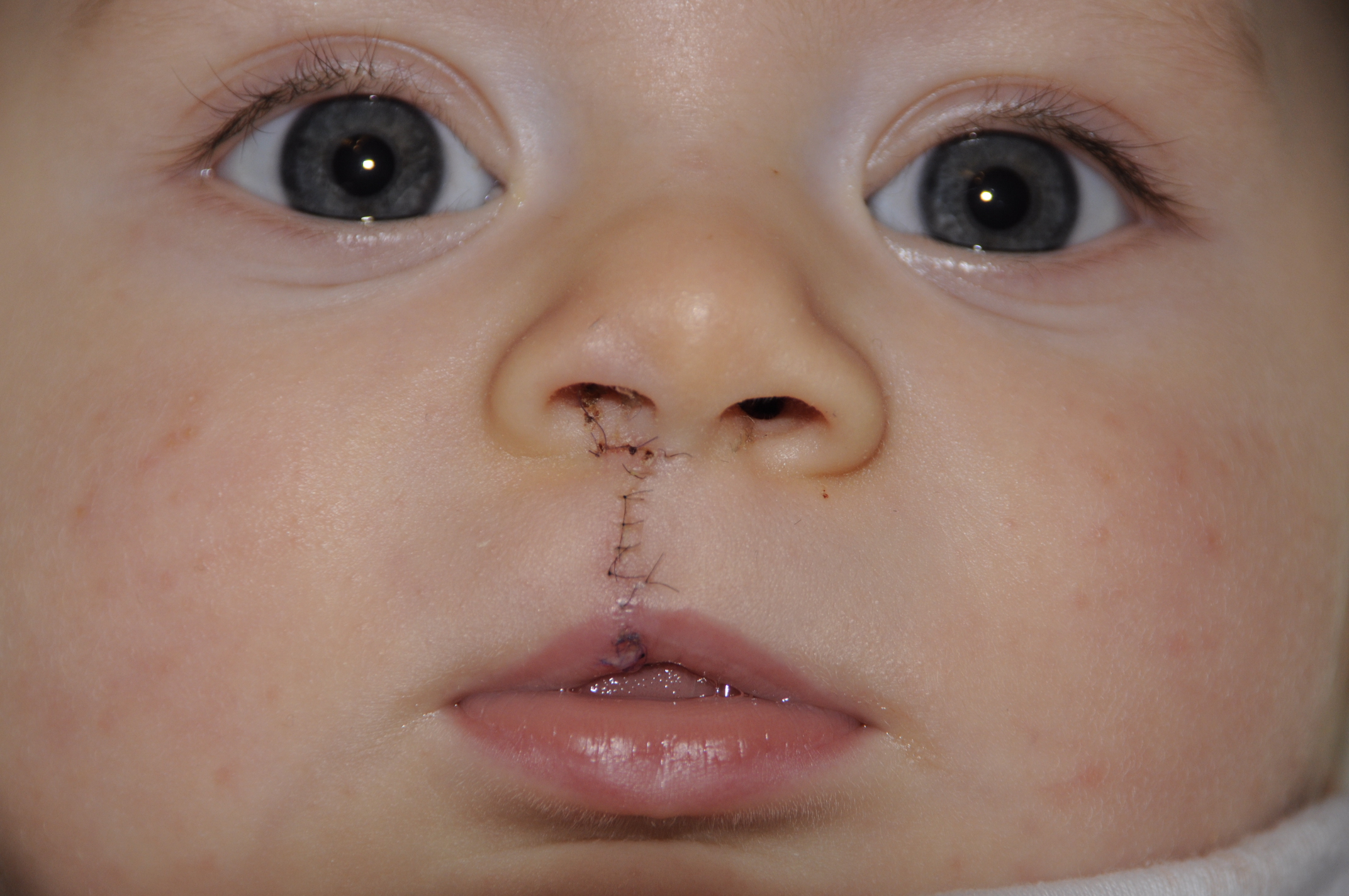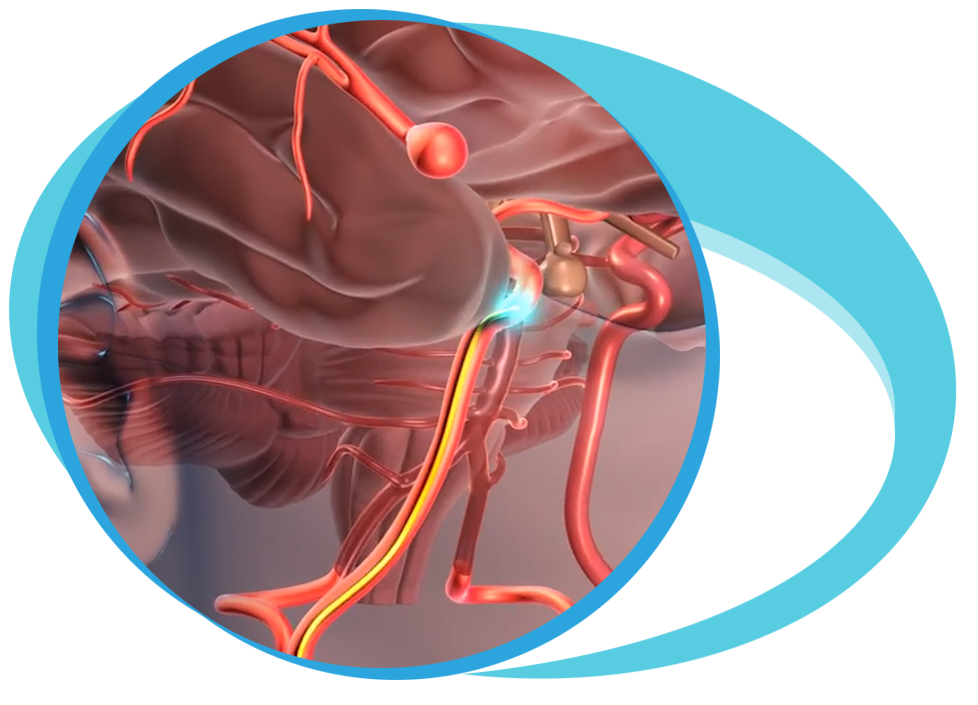Cleft Lip and Cleft Palate Treatment in Iran Details
Cleft lip and cleft palate are facial defects that occur in early pregnancy while the baby’s face is developing inside the womb.
The lip usually forms between the fourth and seventh week of pregnancy.
A cleft lip is a gap which occurs when body tissues and special cells of the baby’s face don’t join properly.
The cleft can be small or partial, or it can be complete which extends right to the nose.
Furthermore, a cleft lip can be unilateral, which means it occurs on either side of the lip, left or right side, or it can be bilateral, i.e., on both sides.
The separation can stretch further from the base of the nose to the bones of the upper jaw/upper gum.
On the other hand, the roof of the mouth starts developing between the sixth and ninth week of pregnancy.
If the tissue forming the roof of the mouth does not join properly, it results in a split or opening.
The same is referred to as a cleft palate.
In some cases, only the soft palate is affected in others; both the hard and soft palate are open.
One thing to be kept in mind is that, as the lip and roof of the mouth form separately, a cleft lip can occur without cleft palate and vice versa.
Who Gets Cleft Lip and Cleft Palate?
According to researchers, the exact reason for many babies to be born with a cleft lip and cleft palate is not known.
However, it is also believed that in some cases, genes and environmental factors affect the baby, which causes the cleft.
Along with that, this congenital disability can also occur if the fetus is exposed to viruses or chemicals while developing in the womb.
Moreover, cleft lip and palate affects children of Latino, Asian, or Native American descent.
It is also the fourth most common congenital disability in the U.S. As per research, one in 700 babies annually are born with cleft lip with or without cleft palate.
SYMPTOMS
A cleft lip is usually identifiable during the mid-pregnancy anomaly scan.
A cleft lip can vary in size, while it can be as small as a tiny notch or as large as a split that goes into the nose.
There are chances that the cleft lip or cleft palate is not identified during the scan but can be later at birth.
The defects are also picked up during the newborn physical examination done within 72 hours of giving birth.
Also known as submucous cleft palate, it is a cleft that occurs only in the muscles of the soft palate, underneath the mucous membrane, covering the roof of the mouth.
Submucous cleft palate often goes unnoticed and is diagnosed later when signs show up.
Some of which are:
- Ear infections
- Problems in feeding
- Difficulty in swallowing solids and liquid foods
- Nasal voice
What Problems Are Associated with Cleft Lip and/or Palate?
Eating problems: Feeding is one of the most common issues faced by children with cleft lip and cleft palate.
As the roof of the mouth isn’t formed properly, the child may face problems sucking and swallowing.
To combat this issue, there are specially designed baby bottles and nipples to help the baby swallow fluids that go down to the stomach instead of flowing back through the nose.
Children with cleft palate can also wear human-made appetite for eating food that provides nutrition for healthy development.
Ear infections/hearing loss: Ear infections occur when one of the eustachian tubes become blocked or swollen, causing the fluid to build up in space behind the eardrum.
Children with cleft palate are more prone to ear infections as eustachian tubes are small tubes that run from each ear to the back of the throat.
The same should be taken care to avoid further complications like hearing loss.
Special tubes are placed in the eardrums for fluid drainage to prevent ear infections.
Speech problems: The sounds that form when we speak are due to muscle contractions.
Children with cleft palate have abnormal speech, or their voice sounds too nasal due to the opening in the roof of the mouth and lip, which restricts muscle movement.
Parents can opt for surgeries in some cases, and as for others, a particular doctor known as a speech pathologist is consulted to resolve difficulties.
Dental Problems: Children with cleft lip and palate are more prone to cavities, malformed, displaced or missing teeth.
The salivary glands that excrete saliva that contains protective immune compounds and balances the acidity in the mouth are abnormal in such cases.
Oral surgery can help solve this problem.
Who Treats Children with Cleft Lip and/or Palate?
As a lot of medical problems are associated with cleft lip and palate, your child needs to be taken care of by several specialists.
A team of doctors can well understand all the difficulties faced by the child and provide the right treatment.
This list goes as follows:
- A plastic surgeon is responsible for diagnosing the abnormalities and performing surgery on the affected area like the skull, facial bones, and soft tissue
- An otolaryngologist (ear, nose and throat specialist) will take care of ear infections, and hearing loss if caused by the cleft
- An oral surgeon to reposition the upper jaw if needed and to fix the cleft of the gum
- An orthodontist for alignment of teeth
- A dentist to take care of routine dental care
- A prosthodontist to assess the dental condition and help in the restoration and replacement of teeth
- A speech pathologist to cure speech disorders
- A speech therapist to diagnose and work on a child’s speech
- An audiologist to treat hearing problems and prevent further loss
- A nurse coordinator to attend the child and supervise the child’s health
- A social worker/ psychologist takes care of the child and family emotionally and provides solutions for social adjustment problems
A geneticist to consult the parents and adult patients about genetic disorders
Prevention
As no exact reason for cleft lip and palate is known, it is a little hard to talk about how to prevent the same.
Many parents are concerned about whether the next child will have the same condition.
As per research, the chances of having another child with facial defects are few.
However, it is best to take some preventive measures mentioned below:
- Consult a geneticist
- Ask your doctor if you can take prenatal vitamins
- Avoid the use of alcohol, drugs, and tobacco
- Maintain a healthy weight before and during pregnancy
- Get yourself adequately vaccinated to prevent infections
What’s the Treatment for Cleft Lip and Cleft Palate?
Parents should consult a specialist who will consider a few factors like the type of cleft and the child’s overall health.
The treatment should begin as soon as possible to avoid any hindrance in the child’s development.
The first surgery is usually performed at 3-6 months, and the correction for cleft palate before the child turns 18 months.
What needs to be understood is that a small cleft can lead to more significant issues in the future.
Parents are advised to approach an exceptional team of doctors who can assess every aspect of the child’s health.
Cleft lip and palate can lead to hearing loss, ear infections, eating problems, speech issues, any dental problem.
You can consider talking to a social worker who will support you and the child through the whole situation and help you settle in society.
Further surgeries can be undertaken when the child reaches adolescence as by then the facial structure develops appropriately.



